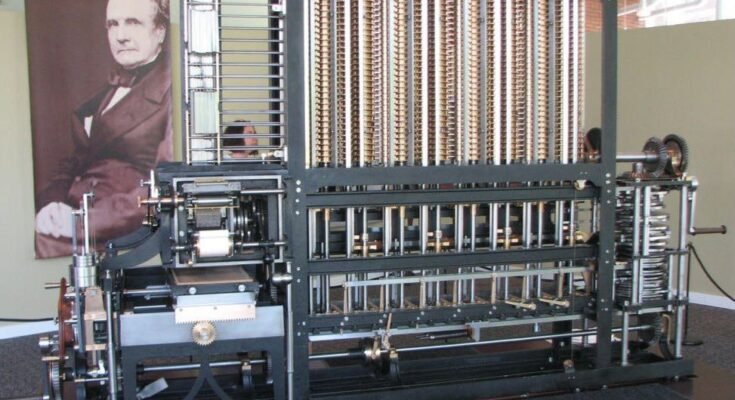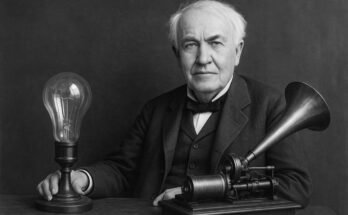Introduction
Charles Babbage was renowned scientist mathematician and inventor from England.
His famously known as the father of the computer because he was the first person to propose a machine capable automatic calculations an idea that laid the foundation for today’s computer
His life and scientific efforts brought forth great advancements inherited by later generation.
His Birth and Place of Birth
Charles Babbage was born on December 26-1791 in Southwark a district located in London English
His Children
In 1814 Babbage married Georgiana Whitmore. They had eight 8 children but unfortunately Five of them died at a young age
Only Three children survived.
His Basic Education
Babbage received his early education at several schools including Alphington school and king Edward VI Grammar school.
He is showed strong interest in mathematics and often studied the natural sciences in death.
His Higher Education
In 1810 he enrolled at the University of Cambridge initially at trinity college but later transferred Peterhouse college where he became, the top student in mathematics he studied mathematics philosophy and mechanical science in great death.
How did he begin the invention of the computer?
In 1822 Babbage began designing a machine called the Difference engine which could perform automatic calculation.
His goal was to reduce mathematical errors found in books and scientific table.
The in 1837 he started designing the analytical Engine a programmable machine the first concept of a general, purpose computer.
Did face Different Life Circumstances?
Yes, he faced many challenges including
Financial difficulties due to lack of funding
the deaths of his wife and children which deeply affected him.
Technological limitations during his time Lack of public and political understanding of his ideas.
Did He Encounter Obstacles?
He faced many obstacles such as.
The government initially supported his work but later withdrew funding
The technology of his era wasn’t advanced enough to realize his machines.
Many in the scientific Communities doubted his vision.
Personal tragedies added to his emotional burden
How Many Years Did Work Take?
It is estimated that over 20 years were spent on the design and development of his machines.
Although his inventions were to completed during his lifetime they laid the ground work for future innovation.
What Was the Need at The Time?
In Babbage’s era there was a major need for accurate computing tools especially for Government calculation, Scientific measurements, Astronomical data.
Mathematical books and accounting his idea was born out of his pressing need for precision.
Where Did He Conclude into His Work?
His last work continued into the 1880s focusing on improving the Analytical Engine.
He continued his work until his health deteriorated.
Where Did He Die? Is His Still Alive?
Charles Babbage died on October 18-1871, in London at the age of 79.
He was laid to rest at Kensal Grean Cemetery in London.
Conclusion
Charles Babbage was a pioneer in research and innovation though his projects were not fully realized during his lifetime he established the pillars of modern computing.
His concept of a programmable machine was visionary and ahead of it’s time.
Charles Babbage was not just a scientist he was a man of great dreams, and today we live in the reality of the dream he once envisioned.



